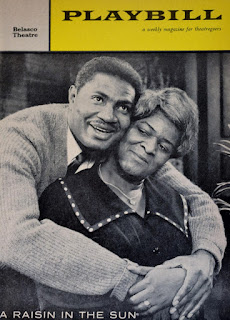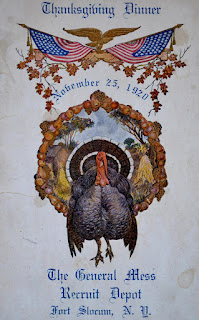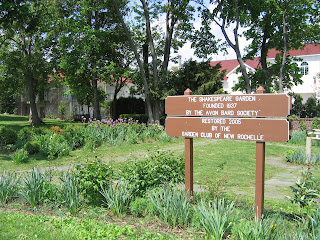African American history is central to the understanding of American history. This insight deserves repeated emphasis. African American history is central – not marginal, not tangential, not secondary, not something to be noticed only during Black History Month (though it is perfectly appropriate for deep focus then), but without understanding African American history in its full entirety we will fall short in understanding the history of our nation and the contemporary dynamics of our political life.
 |
| Bethesda Baptist Church Program / January 20, 2014 |
 |
| Ossie Davis and Ruby Dee / A Raisin in the Sun / Playbill / 1959 |
 |
| Harlem Blues & Jazz Band at New Rochelle Public Library / Concert Announcement / February 23, 2020 |
At the New Rochelle Public Library, African Americans are documented in photographs and civic records in the Library’s Archive. With the growing force of the civil rights movement after World War II, the Council for Unity of New Rochelle was formed in 1947 “devoted to securing equal opportunities in employment, education, health, recreation, housing, and civil rights for all citizens, regardless of race, creed, or ancestry.” These words are quoted from a 1948 booklet of the Council for Unity, a key document in our Publications Collection, along with a report by the U.S. Commission on Civil Rights in 1962 that describes in a concise narrative the Lincoln School desegregation case.
Much of the printed ephemera that abounds in our collection is more celebratory. First and foremost are concert programs of Ellabelle Davis, a New Rochelle resident who was the first African American to sing the lead role in Verdi’s opera Aida. There is a program from 1971 of the St. Catherine A.M.E. Zion Church, where she first sang in the church choir. Ms. Davis was later celebrated by the late Karen S. Allen in the opera The Gentle Lark of New Rochelle. Other concert programs include those of Katherine Graves, Marian Anderson, Leontyne Price, and Pearl Primus and her company, all of whom performed in New Rochelle. Our Publications Collection also features materials of Zeta Phi Beta Sorority, Colored Women’s Club of New Rochelle, the National Association of Negro Business, and the Alumni Association of the Charles W. Dickerson Field Music, Inc.
 |
| Ellabelle Davis Headlines 1948 Season at Carnegie Hall / Jan 13, 1948 |
Ellabelle Davis recorded the song “Oh, What a Beautiful City,” and one can discover in our Archive tints of the sentimental beauty of that spiritual song in many documents and recordings of African American history. Hear Ellabelle Davis sing it in this magnificent rendition from a 1950 London Recording, Ellabelle Davis Sings Negro Spirituals, one of several of her recordings we have digitized, and preserved. The novelist James Baldwin expressed one of the essential statements on the meaning of history. He wrote: “History is not merely something to be read. And it does not refer merely, or even principally, to the past. On the contrary, the great force of history comes from the fact that we carry it within us, are unconsciously controlled by it in many ways, and history is literally present in everything we do. It could scarcely be otherwise, since it is to history that we owe our frames of reference, our identities, and our aspirations.” It is worth noting that this stunning quotation is presented as a monumental inscription in the National Museum of African American History and Culture in Washington, DC, which should be the first destination on your agenda the next time you visit the nation’s capital.
October 16, 2020 / David Rose / New Rochelle Public Library Archive






































